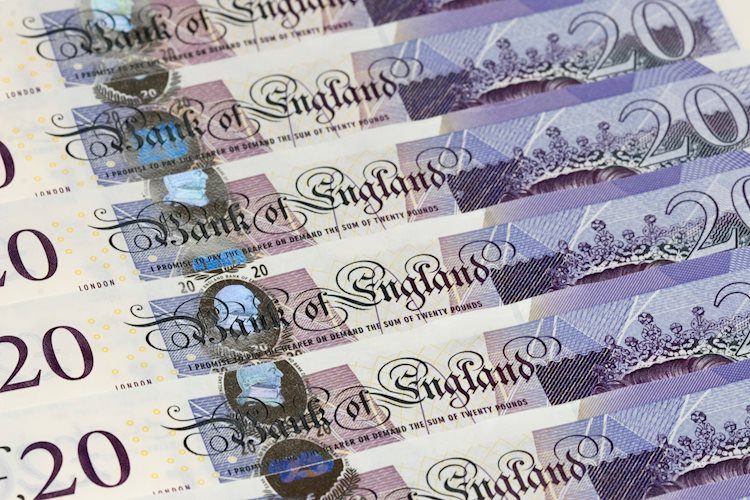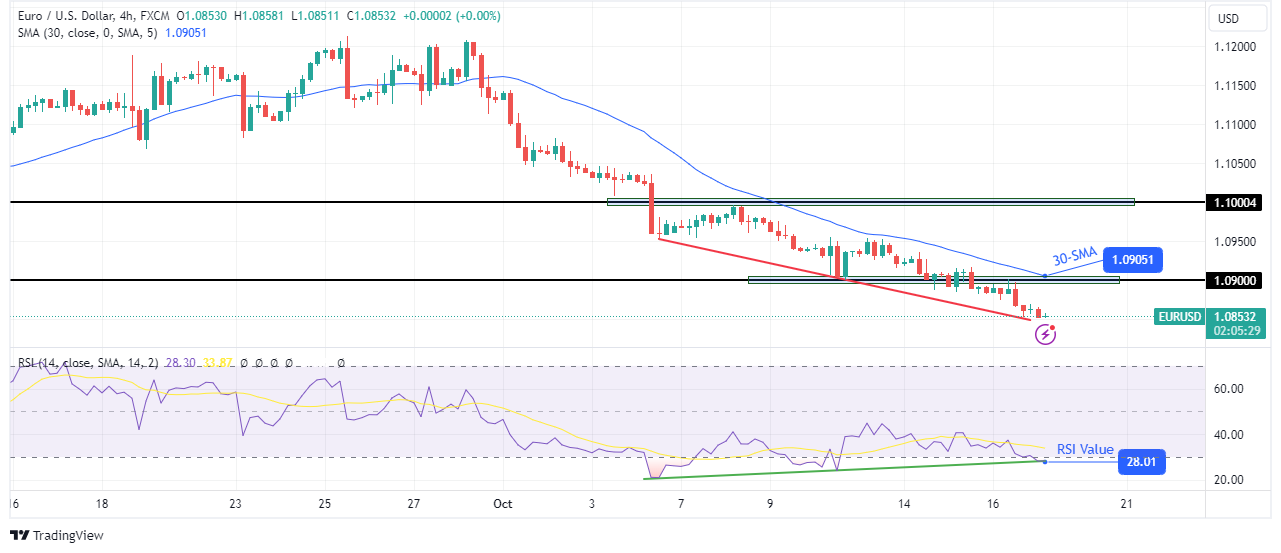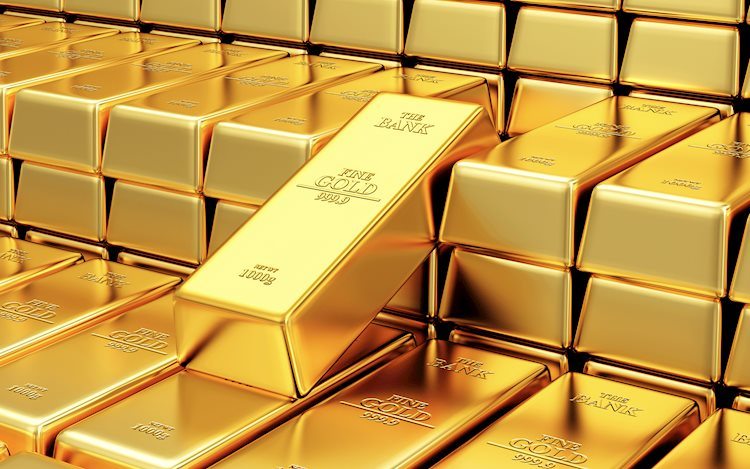Category: Forex News, News
XAG/USD falls to near $31.50, downside appears limited
- Silver price may regain its ground as lower US Treasury yields boost the attractiveness of precious metals.
- The non-yielding Silver may appreciate as multiple banks are widely expected to deliver interest rate cuts.
- Safe-haven Silver may strengthen as Israel escalates its airstrikes on Lebanon.
Silver price (XAG/USD) dips slightly after two days of gains, trading around $31.60 per troy ounce during Thursday’s Asian session. However, the non-yielding Silver received support from lower yields on US Treasury bonds. 2-year and 10-year yields on US Treasury bonds stand at 3.94% and 4.03%, respectively, at the time of writing.
Market expectations are leaning toward a total of 125 basis points in rate cuts by the US Federal Reserve (Fed) over the next year. According to the CME FedWatch Tool, there is a 94.1% chance of a 25-basis-point rate cut in November. Lower interest rates enhance the attractiveness of precious metals like Silver.
In addition, the European Central Bank (ECB) is widely expected to announce a 25-basis-point reduction in both the Main Refinancing Operations and the Deposit Facility Rate in its policy meeting later in the day. Recent inflation data also suggests that the Bank of England (BoE) and the Reserve Bank of New Zealand (RBNZ) may follow suit with potential rate cuts next month.
Silver prices may receive additional support from safe-haven flows due to escalating tensions in the Middle East. On Wednesday, Israel intensified its airstrikes on Lebanon, including an attack that destroyed the municipal headquarters of a major town, resulting in the deaths of 16 individuals, including the mayor. This marks the largest assault on an official Lebanese state building since the onset of the Israeli air campaign, according to Reuters.
US President Joe Biden is indicating a new willingness to leverage US military assistance to Israel, using it as both an incentive and a deterrent in its critical confrontation with Iran and Iran-backed militant groups. This strategy may increase Washington’s influence over Israeli decision-making.
Silver FAQs
Silver is a precious metal highly traded among investors. It has been historically used as a store of value and a medium of exchange. Although less popular than Gold, traders may turn to Silver to diversify their investment portfolio, for its intrinsic value or as a potential hedge during high-inflation periods. Investors can buy physical Silver, in coins or in bars, or trade it through vehicles such as Exchange Traded Funds, which track its price on international markets.
Silver prices can move due to a wide range of factors. Geopolitical instability or fears of a deep recession can make Silver price escalate due to its safe-haven status, although to a lesser extent than Gold’s. As a yieldless asset, Silver tends to rise with lower interest rates. Its moves also depend on how the US Dollar (USD) behaves as the asset is priced in dollars (XAG/USD). A strong Dollar tends to keep the price of Silver at bay, whereas a weaker Dollar is likely to propel prices up. Other factors such as investment demand, mining supply – Silver is much more abundant than Gold – and recycling rates can also affect prices.
Silver is widely used in industry, particularly in sectors such as electronics or solar energy, as it has one of the highest electric conductivity of all metals – more than Copper and Gold. A surge in demand can increase prices, while a decline tends to lower them. Dynamics in the US, Chinese and Indian economies can also contribute to price swings: for the US and particularly China, their big industrial sectors use Silver in various processes; in India, consumers’ demand for the precious metal for jewellery also plays a key role in setting prices.
Silver prices tend to follow Gold’s moves. When Gold prices rise, Silver typically follows suit, as their status as safe-haven assets is similar. The Gold/Silver ratio, which shows the number of ounces of Silver needed to equal the value of one ounce of Gold, may help to determine the relative valuation between both metals. Some investors may consider a high ratio as an indicator that Silver is undervalued, or Gold is overvalued. On the contrary, a low ratio might suggest that Gold is undervalued relative to Silver.
Source link
Written by : Editorial team of BIPNs
Main team of content of bipns.com. Any type of content should be approved by us.
Share this article:









